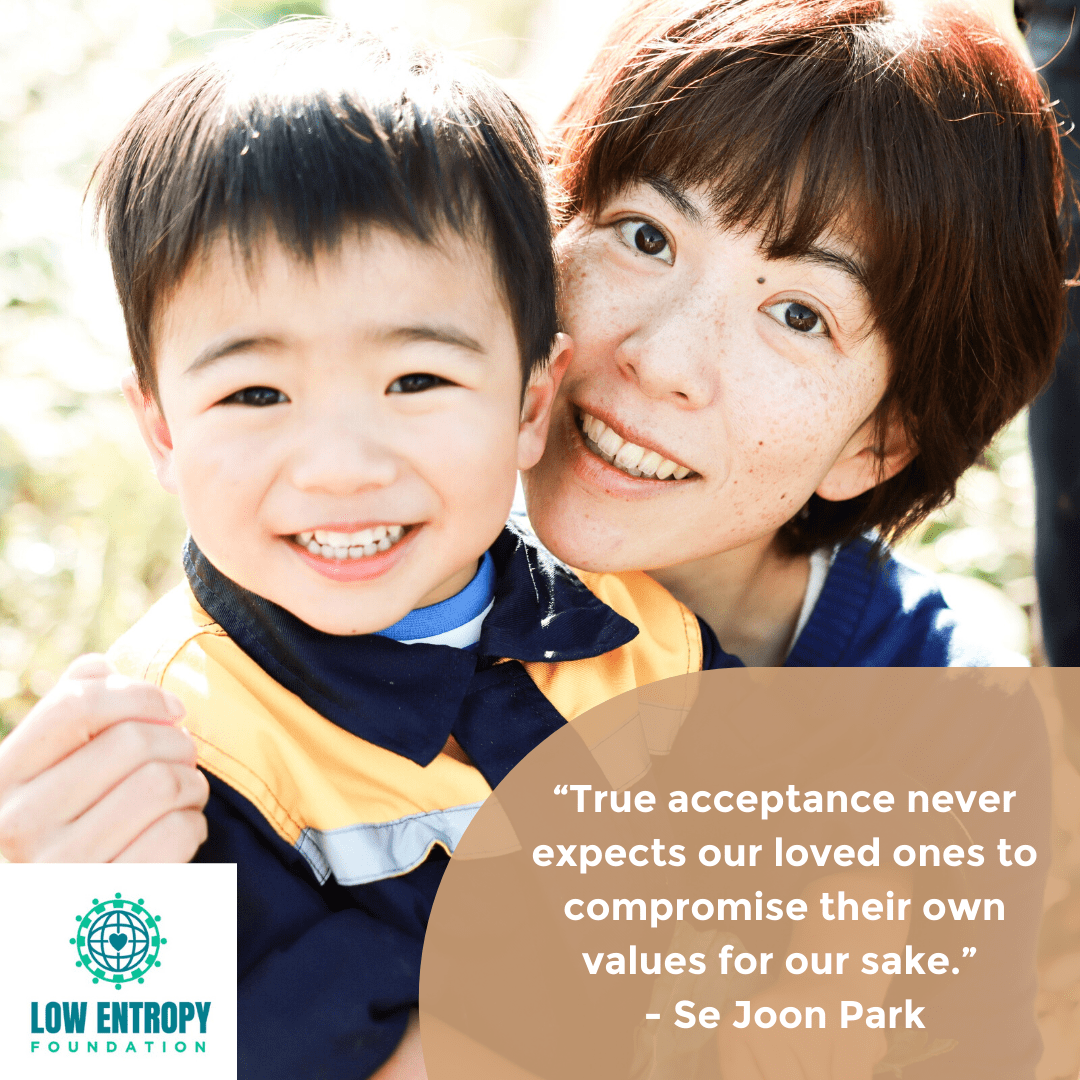Grace Cheng (she/her/hers), Low Entropy Volunteer Writer
Why should we create Family Trees?
The decision to create family trees will take you on an exciting journey through time. You will begin your journey at the beginning of your life as a time traveler. Review your birth record again and make a note of the details of your birth, including the location, the date, the names of your parents, and include the maiden-name of your mother. Afterward, you should record information about your residences, education, marriage, and children. Then, you should begin researching the lives of your parents further back in time. Making a family tree can be a wonderful experience for you to share with your children, parents and grandparents, and if you are extremely fortunate, with your great-grandparents.
What is a Family Tree?
A family tree represents a person’s lineage in the form of a tree, showing relationships with common ancestors. At the bottom of the family tree, you are represented, as well as your current generation and immediate family. Following this, the line would be branched upwards and outwards to represent your parents, their respective family trees, and other distant and close relatives as you continue to research the origins of your family tree.
Benefits of having Family Trees for Children
- help children understand where they came from
It is common for children to be unaware of where their families originated from or to have no cultural connection to their ancestral homelands. While this may not come as a shock, children deserve to have the opportunity to feel a close connection to a country, culture, ethnicity, and town. Identifying one’s cultural identity can provide insight into everything from one’s family name to one’s ethnic makeup to one’s food preferences. Children need to understand their family tree to feel part of a larger culture.
- Build their self-discovery
It is human nature for children to desire to know who they are and where they come from to feel a sense of belonging. Family trees can be used to gain a deeper understanding of their ancestors by tracing their roots back through generations to establish a frame of reference for their current lives in a broader historical and geographical context. It will also strengthen their self-identify, allowing them to gain a deeper understanding of their families’ past, the family line responsible for their births, and who their ancestors were.
- Allow children to become interested in their family history
A family tree can help children in gaining an understanding of their family’s past. It is common for children not to recognize the names of their grandparents after a generation or two. But a family tree can provide them with valuable information regarding their ancestors. As a result, they may become curious about the notable people in their family history and what they accomplished. Through these conversations, children can learn more about their current family members and where they reside.
- Create a legacy for loved ones
You can pay tribute to family members by building a family tree in their honor, and you can leave a legacy that will benefit your children and their future generations. If loved ones have passed away, a family tree will allow children to commemorate the times they spent with them and remember the important role that they played in their family’s history.
- Encourage children to bond with their relatives
Children may discover they share similar traits and personalities with their aunts, uncles, and cousins through the creation of a family tree. They will be able to relate better to their relatives if they are aware of where they fit into the chart. Children will also be able to establish connections with their relatives. Being able to form meaningful connections with relatives is integral to living a happy and fulfilling life.
- Encourage children to stay connected with their families
Being connected to their families helps them maintain a sense of groundedness throughout the years. A family tree is an excellent method for fostering family connections in your children. Besides learning names and relationships between people from the past, your children can also gain valuable insight into their desire to stay connected.
- Make children more empathetic and resilient
When children are taught about the terrible tragedies their ancestors experienced, they are more likely to be courageous when they are facing life challenges. As a result, your children will develop compassion by understanding the shortcomings of their relatives, which will enable them to be more compassionate individuals.
- Learn about their family medical history
Learning about their family tree will also enable them to understand their families’ medical history. So many diseases and conditions are passed down genetically, so knowing their genetic risks are always beneficial.
A family tree can assist in connecting you with the members of your family, even the ones you may not have known to exist, or who you may have lost contact with over the years. There is a possibility that your family still lives in the area even though you are unaware of their existence.
—
Grace has an accounting and finance background. She enjoys reading, writing, listening to music, watching movies and playing sports.








